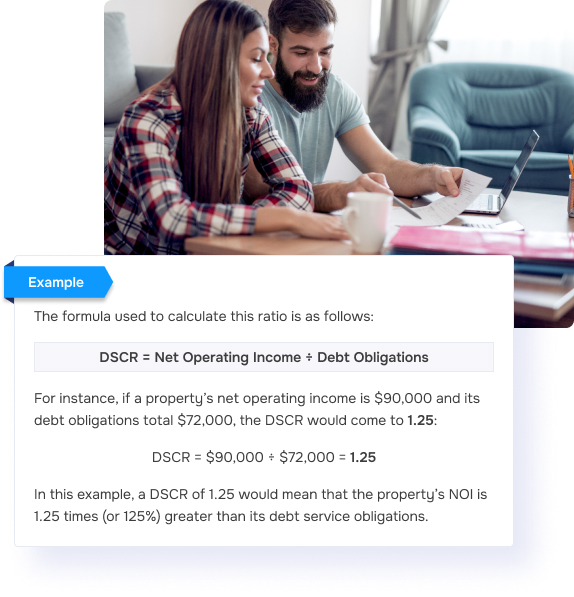DSCR Loans (Debt-Service Coverage Ratio Loans)
Getting funding can be an obstacle for real estate investors, both new and experienced. Traditional mortgage financing focuses on a borrower’s income, credit history, and personal finances, but these elements may not serve investors well, particularly when income isn’t accurately reflected on tax returns.
In this situation, a debt-service coverage ratio (DSCR) loan may be a viable alternative for those looking to purchase investment properties. By focusing on a property’s capacity to produce income instead of a borrower’s personal finances, DSCR loans provide a unique solution.
This article will explain DSCR loans, how they work, and how they can provide a path to financing an investment property without the need to provide traditional income documentation.











